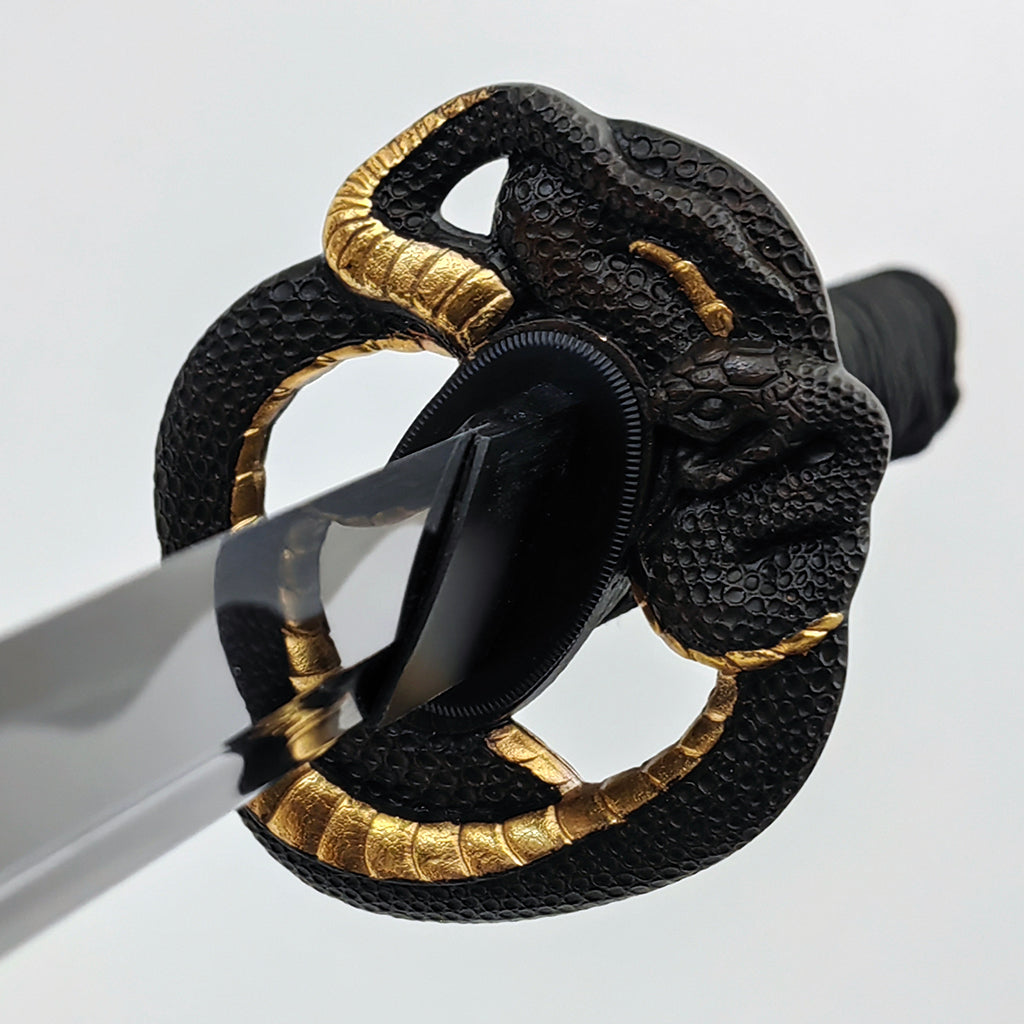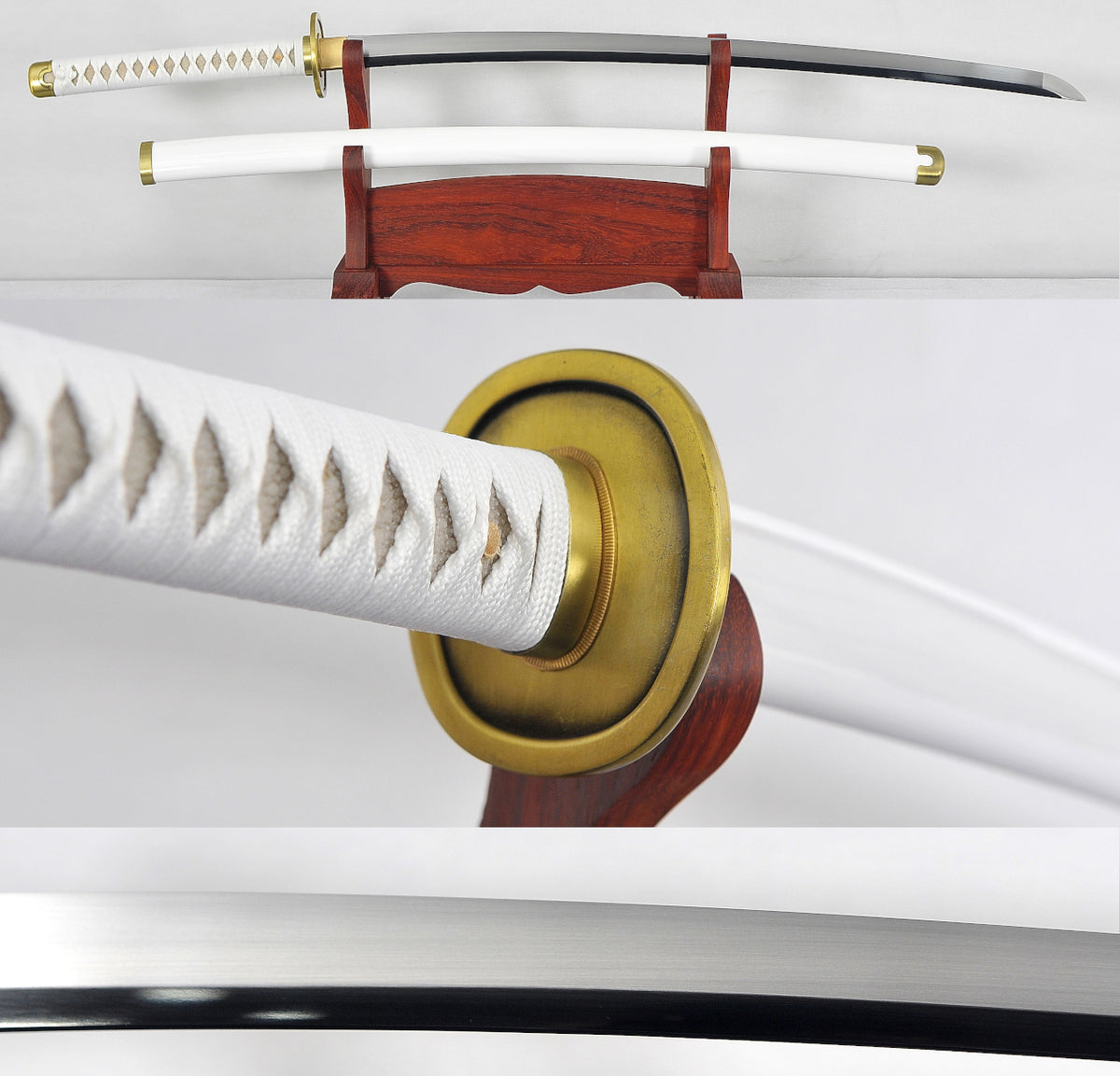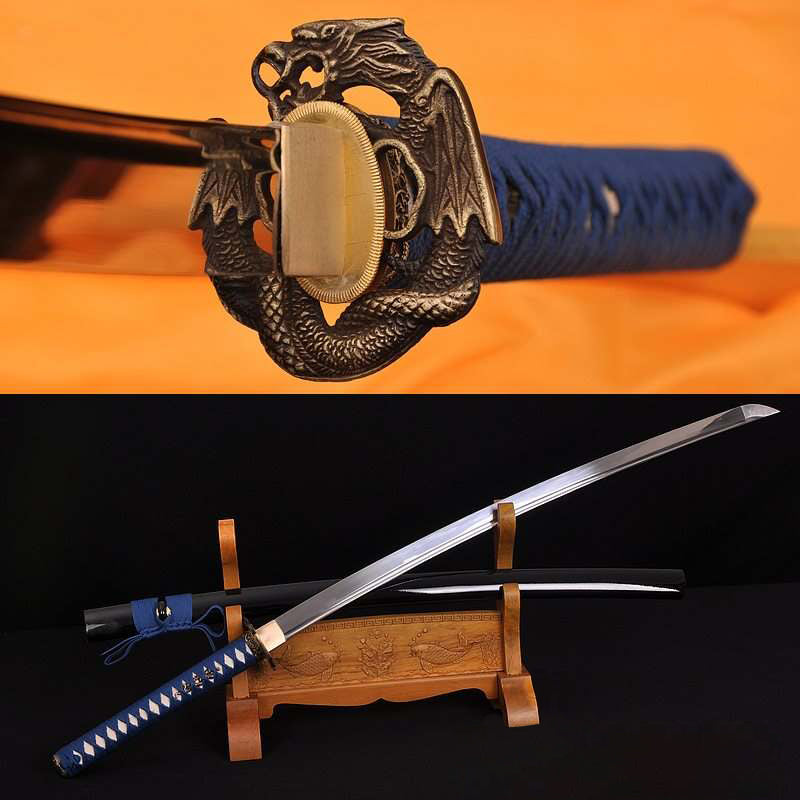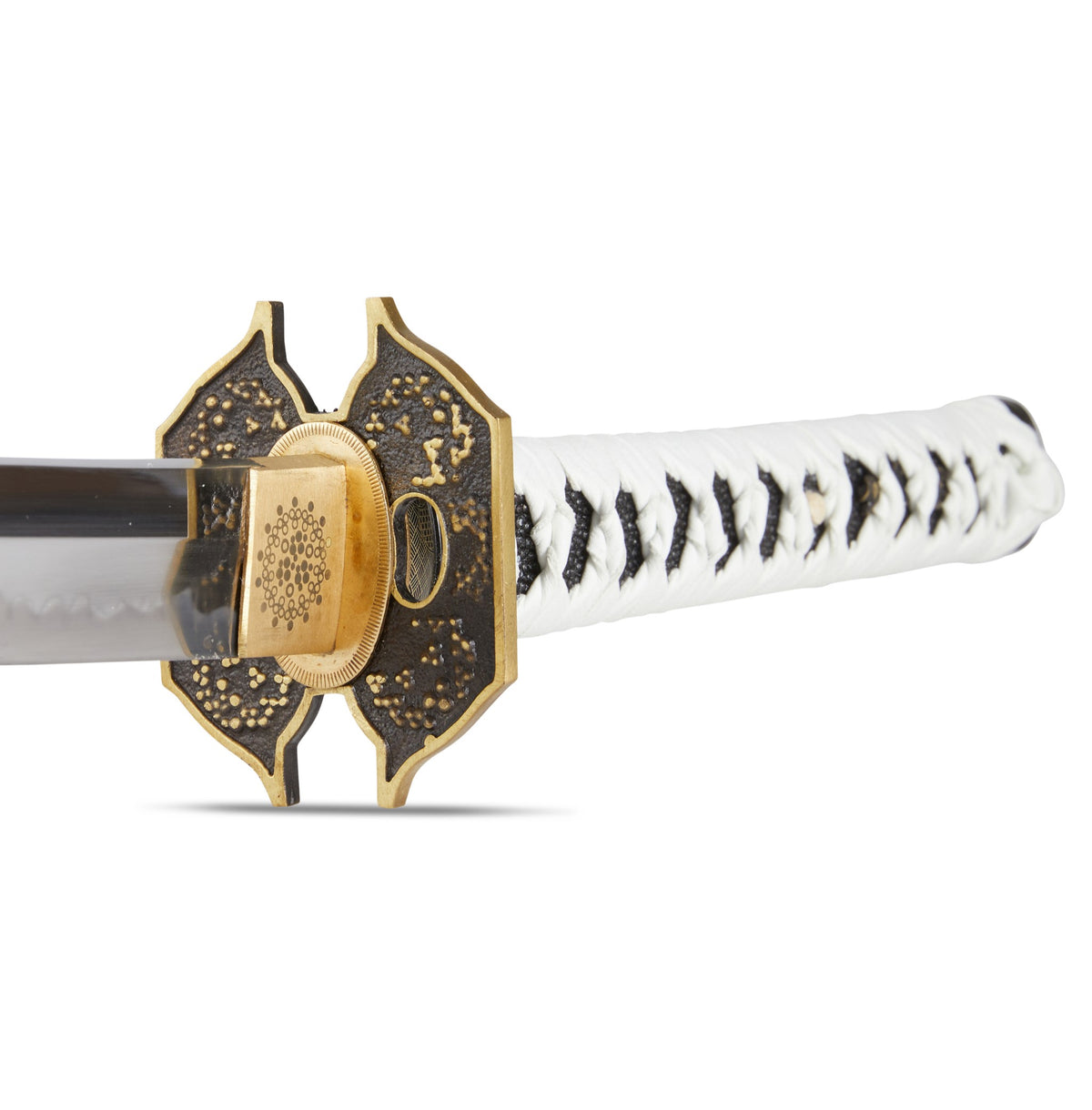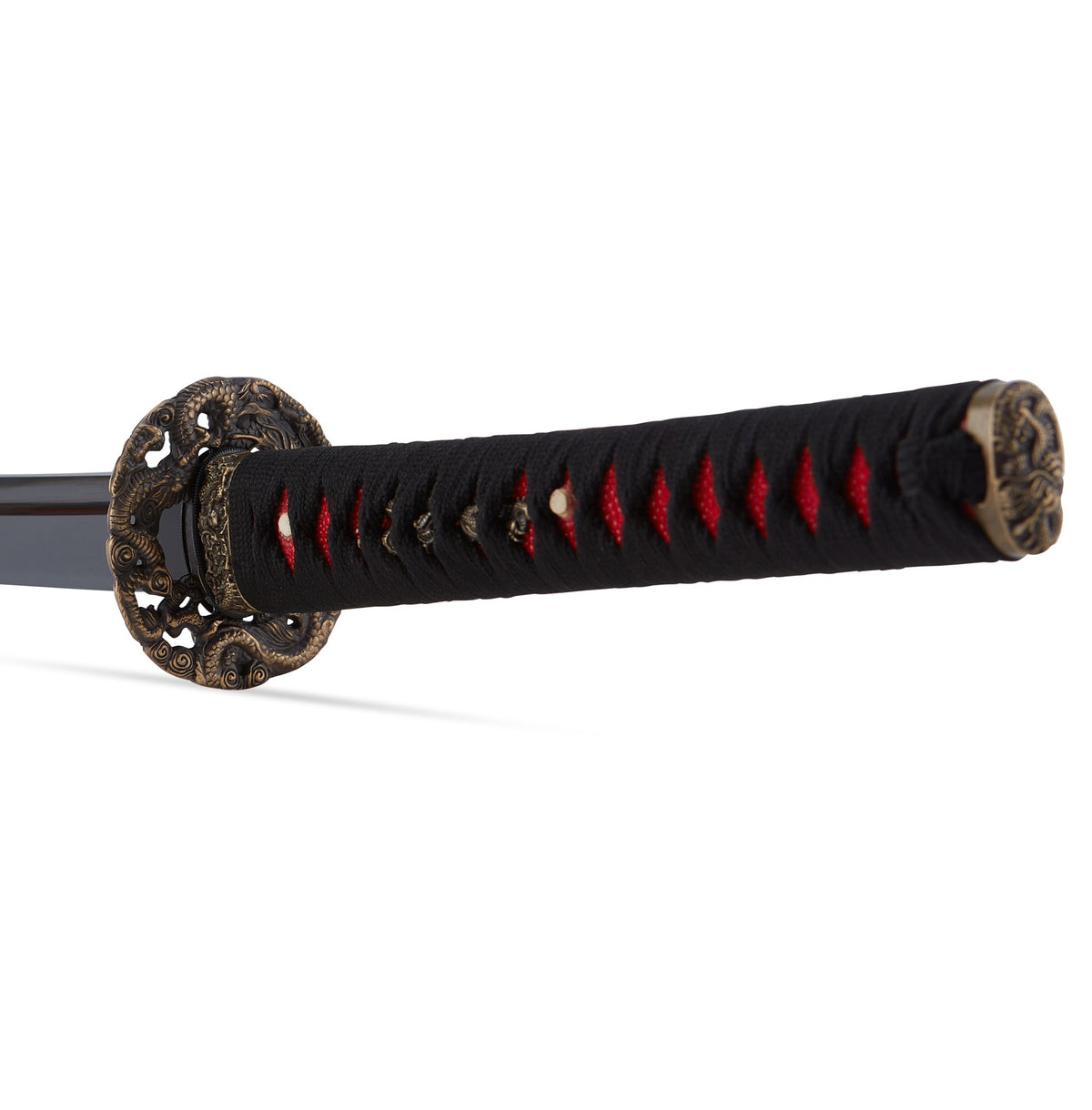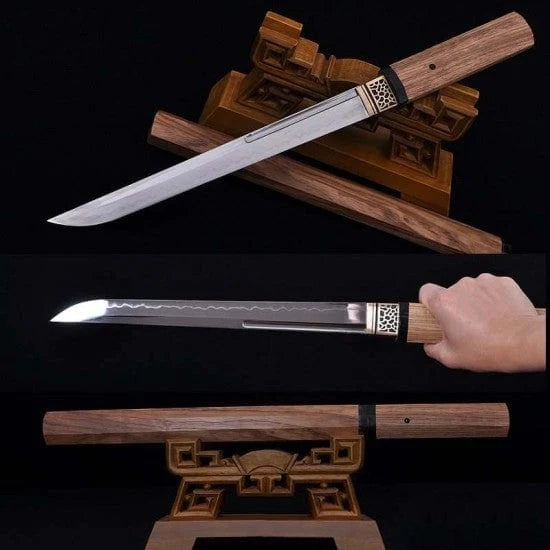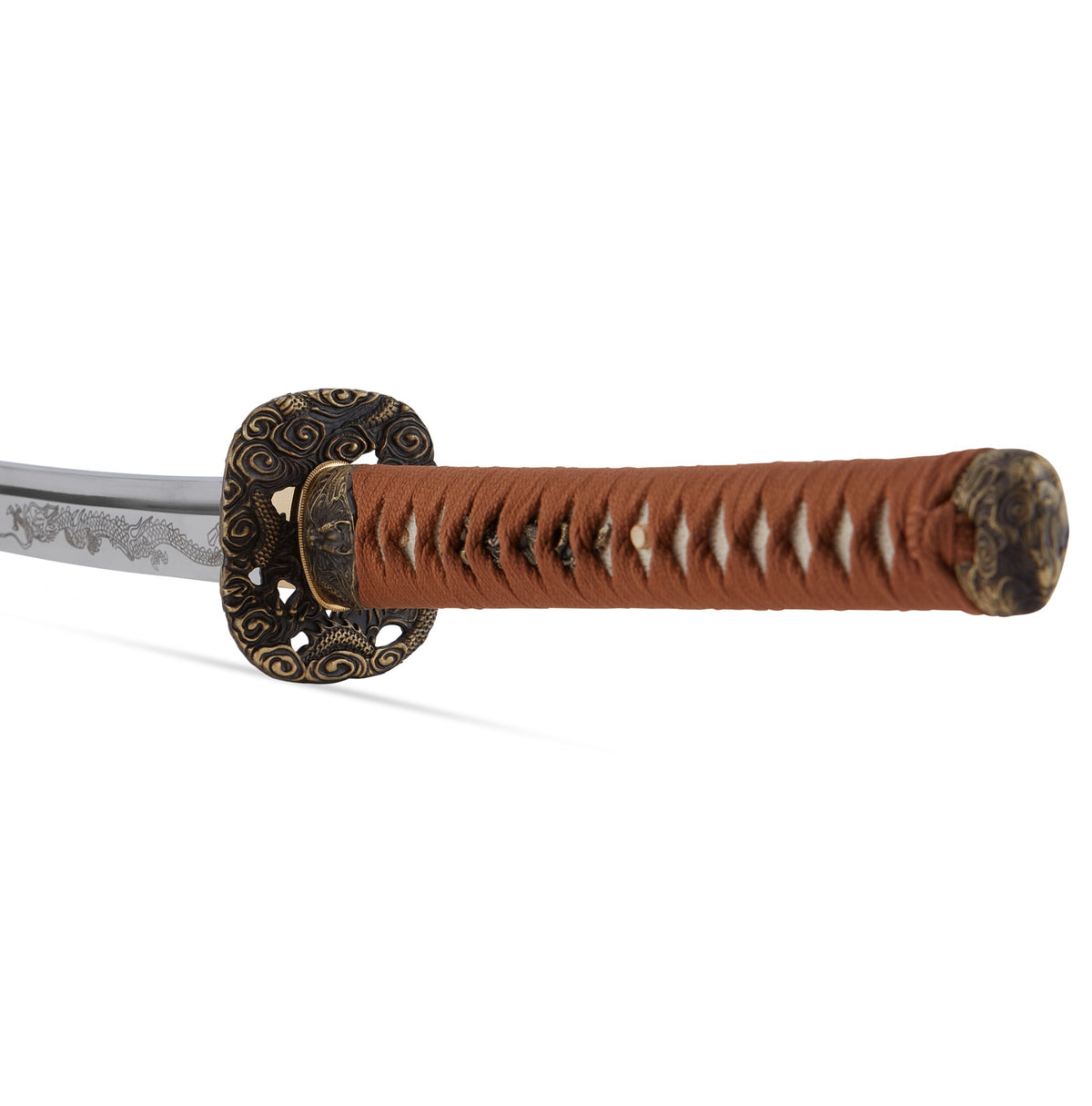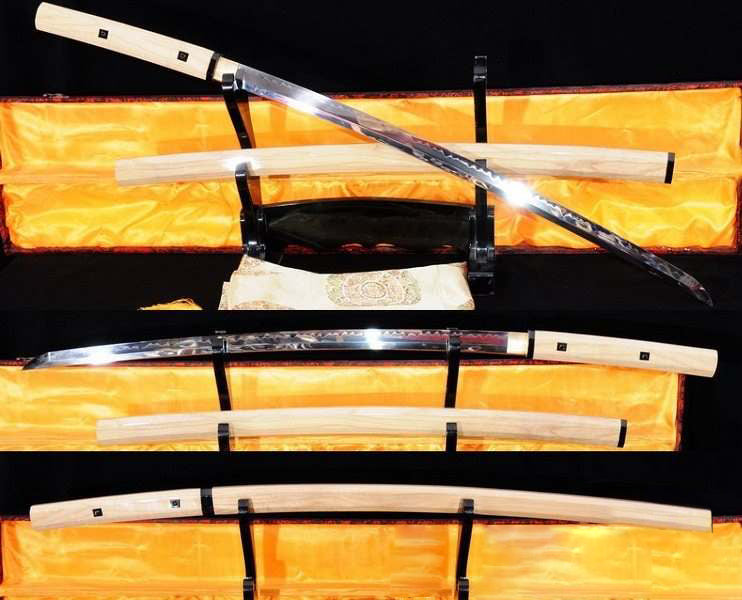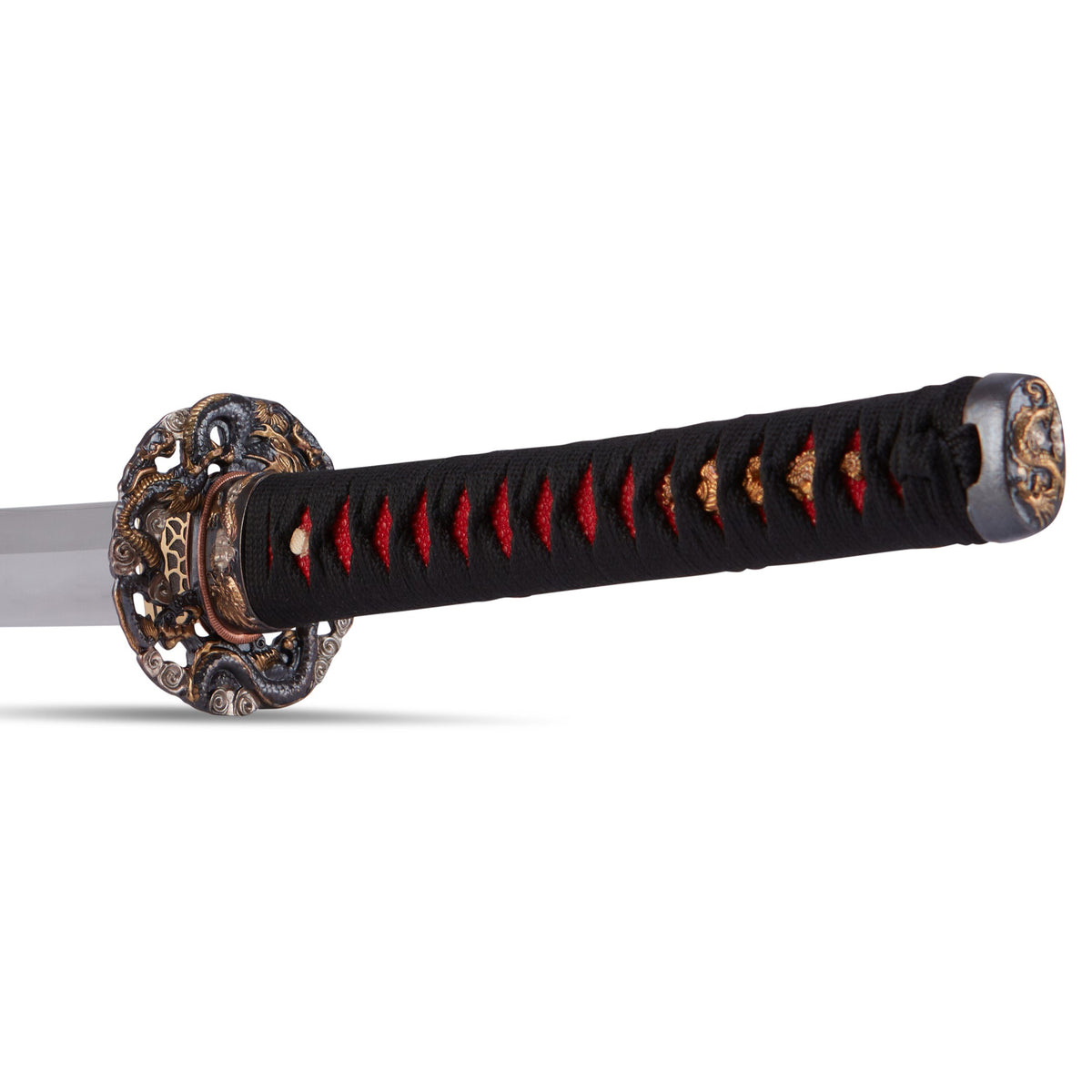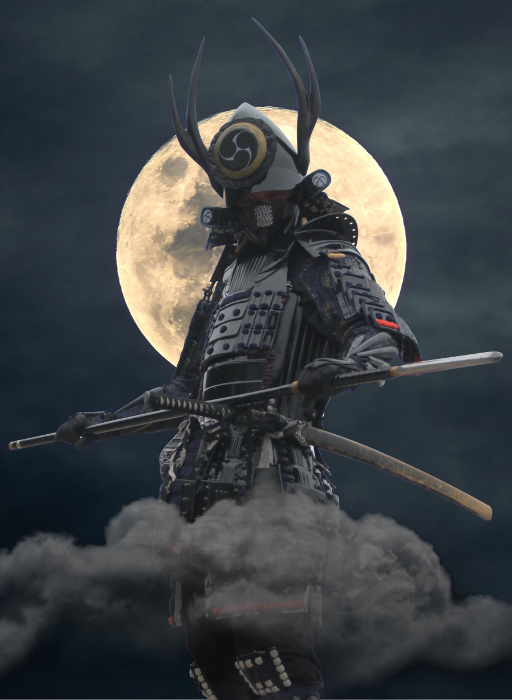Katana vs Nodachi Sword: What Are the Main Differences?

The Katana and Nodachi are two distinct types of swords that originated from Japan, both designed with specific uses in mind.
While both are characterized by a single, razor-sharp edge and a curved blade, the Katana and Nodachi differ significantly in size, usage, and historical context. Here's a detailed breakdown of their main differences:
1. Size Difference of Katana vs Nodachi
The most immediate difference between a Katana and a Nodachi is their size. A Katana traditionally measures between 60 to 73 cm (23.6 to 28.7 inches) in blade length, making it a relatively manageable sword for one-handed use if necessary, but it's often used with both hands.
On the other hand, a Nodachi (also known as Ōdachi) is significantly larger. Its blade length often exceeds 90 cm (35.4 inches), and some historical examples have been recorded with lengths over 100 cm (39.4 inches). This extended length makes the Nodachi a two-handed weapon and significantly heavier than the Katana.
2. Usage
The Katana was the primary weapon of the samurai class in feudal Japan and was used for close-quarter combat. It was worn with the cutting edge facing up, allowing for a swift, single-motion draw and cut against opponents.
In contrast, the Nodachi was commonly used as a battlefield weapon, often against cavalry. Its extended reach made it ideal for use against opponents on horseback. However, due to its size and weight, it was difficult to use in close-quarter combat or confined spaces, unlike the more versatile Katana.
3. Historical Context
The Katana became prominent during the late Kamakura period (1185–1333), into the Muromachi period (1336–1573). It was around this time that the method of wearing the sword with the cutting edge facing upwards began. The Katana was easier to draw, making it a more practical choice for samurai, and eventually became the iconic weapon associated with them.
The Nodachi, on the other hand, saw usage before the advent of the Katana. It was more common during the Heian period (794-1185) and early Kamakura period. However, with changing warfare tactics and the rise of close-quarter battles, the use of the Nodachi declined. It's often associated with legendary tales and was thought to have been used by warrior monks (Sohei) and high-ranking samurai.
4. Legal Status
During the Edo period (1603–1868), the Tokugawa shogunate imposed restrictions on the length of swords a person could carry, which further pushed the Nodachi out of common use. In contrast, the Katana, with its shorter length, remained within regulations and continued to be widely used.
Conclusion
Both the katana and nodachi are iconic Japanese swords with distinct characteristics and purposes. The katana, with its curved blade and versatile design, served as the embodiment of the samurai and found use in a wide range of combat scenarios. The nodachi, with its massive size and formidable presence, was a specialized weapon used in specific battlefield situations, particularly against mounted opponents.
Whether you are drawn to the elegance and precision of the katana or the raw power and historical significance of the nodachi, both swords offer a glimpse into the rich cultural heritage of Japan and the warrior ethos of its samurai.
Ultimately, the choice between a katana and nodachi comes down to personal preference, intended use, and appreciation for the unique qualities each sword possesses. Whether you are looking to buy a katana or nodachi, they both stand as testaments to the craftsmanship and legacy of Japanese sword-making traditions.
Best Sellers
- Regular Price
- from $199.99
- Sale Price
- from $199.99
- Regular Price
-
- Unit Price
- per
- Regular Price
- from $299.00
- Sale Price
- from $299.00
- Regular Price
-
- Unit Price
- per
- Regular Price
- from $199.00
- Sale Price
- from $199.00
- Regular Price
-
$0.00
- Unit Price
- per
- Regular Price
- from $619.00
- Sale Price
- from $619.00
- Regular Price
-
- Unit Price
- per
- Regular Price
- from $319.00
- Sale Price
- from $319.00
- Regular Price
-
- Unit Price
- per
- Regular Price
- from $249.00
- Sale Price
- from $249.00
- Regular Price
-
- Unit Price
- per
- Regular Price
- from $339.00
- Sale Price
- from $339.00
- Regular Price
-
- Unit Price
- per
- Regular Price
- from $219.00
- Sale Price
- from $219.00
- Regular Price
-
- Unit Price
- per
- Regular Price
- from $364.00
- Sale Price
- from $364.00
- Regular Price
-
- Unit Price
- per
- Regular Price
- from $519.00
- Sale Price
- from $519.00
- Regular Price
-
- Unit Price
- per
